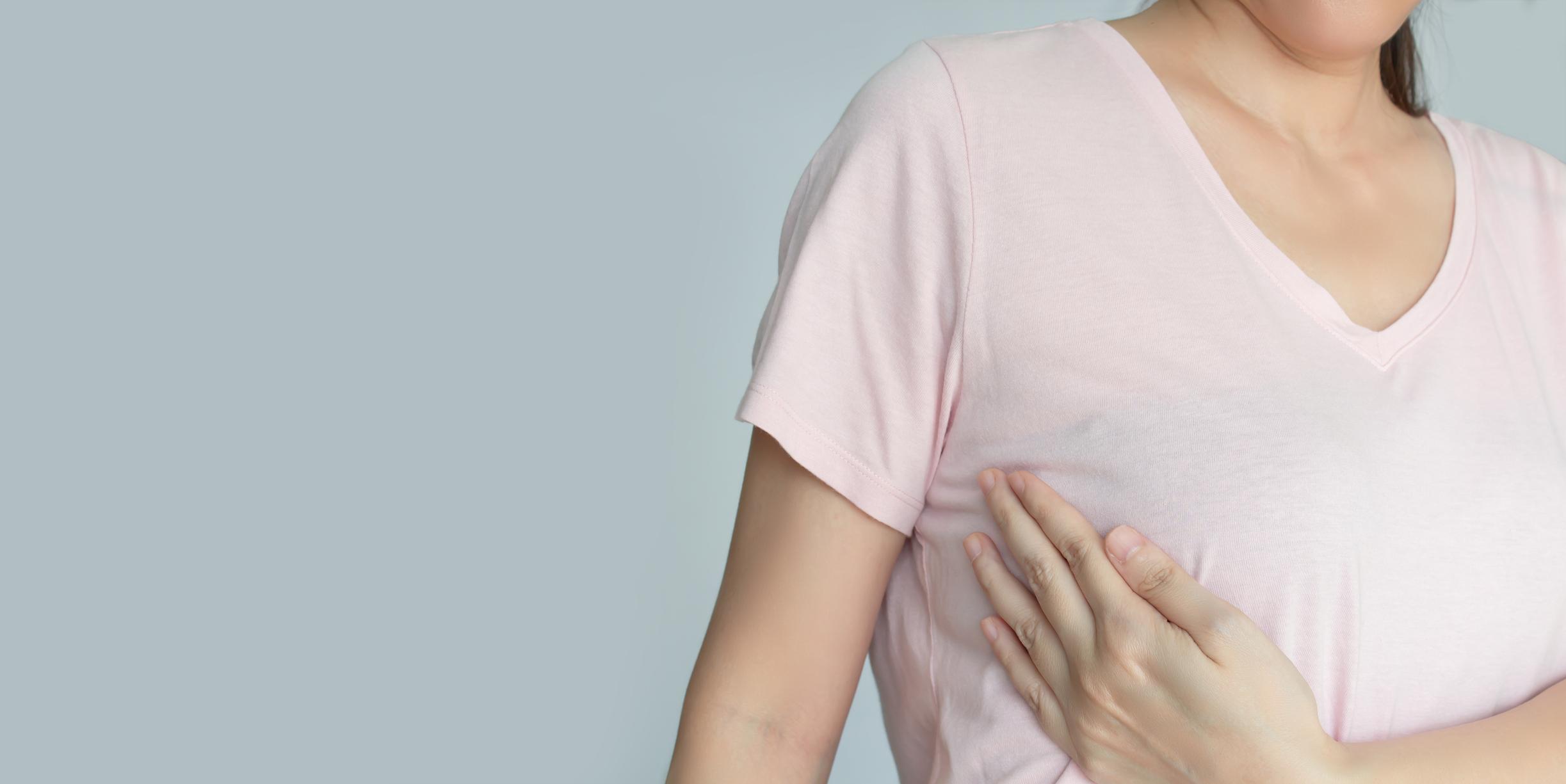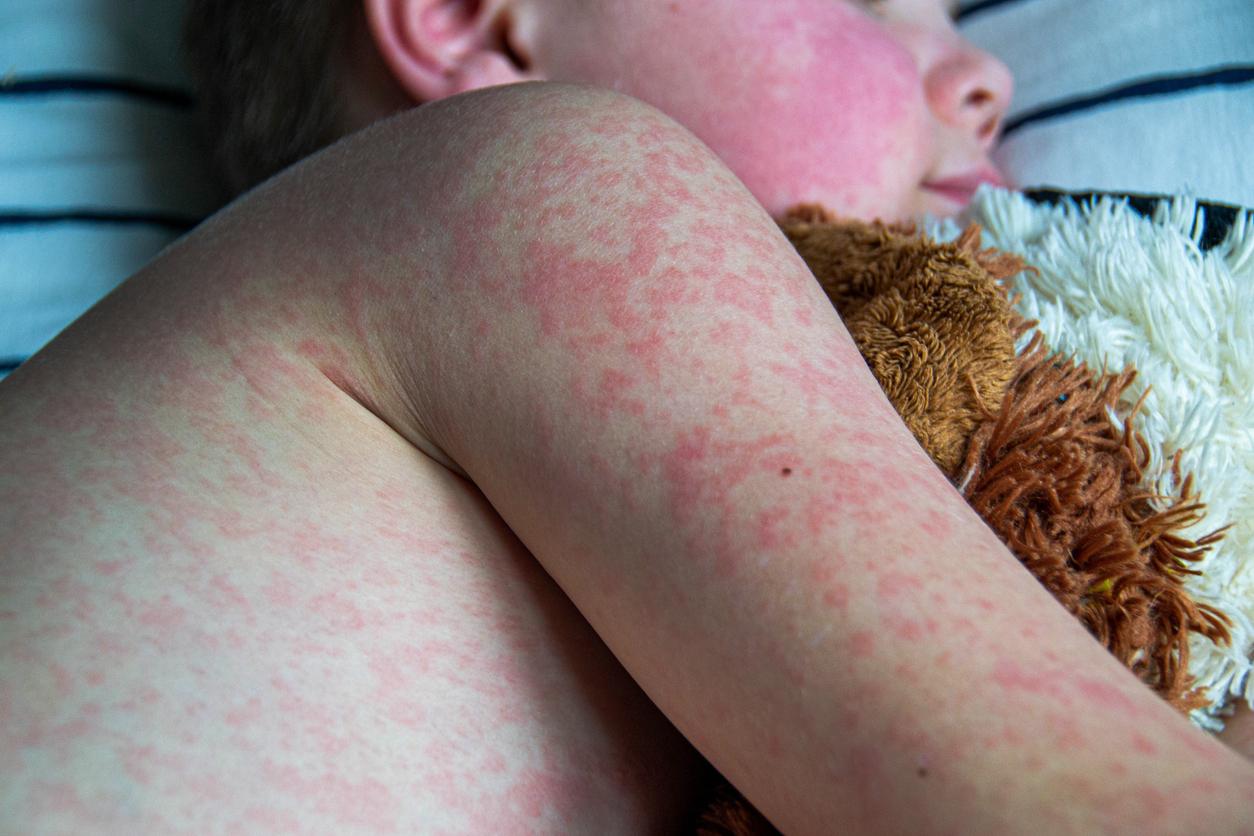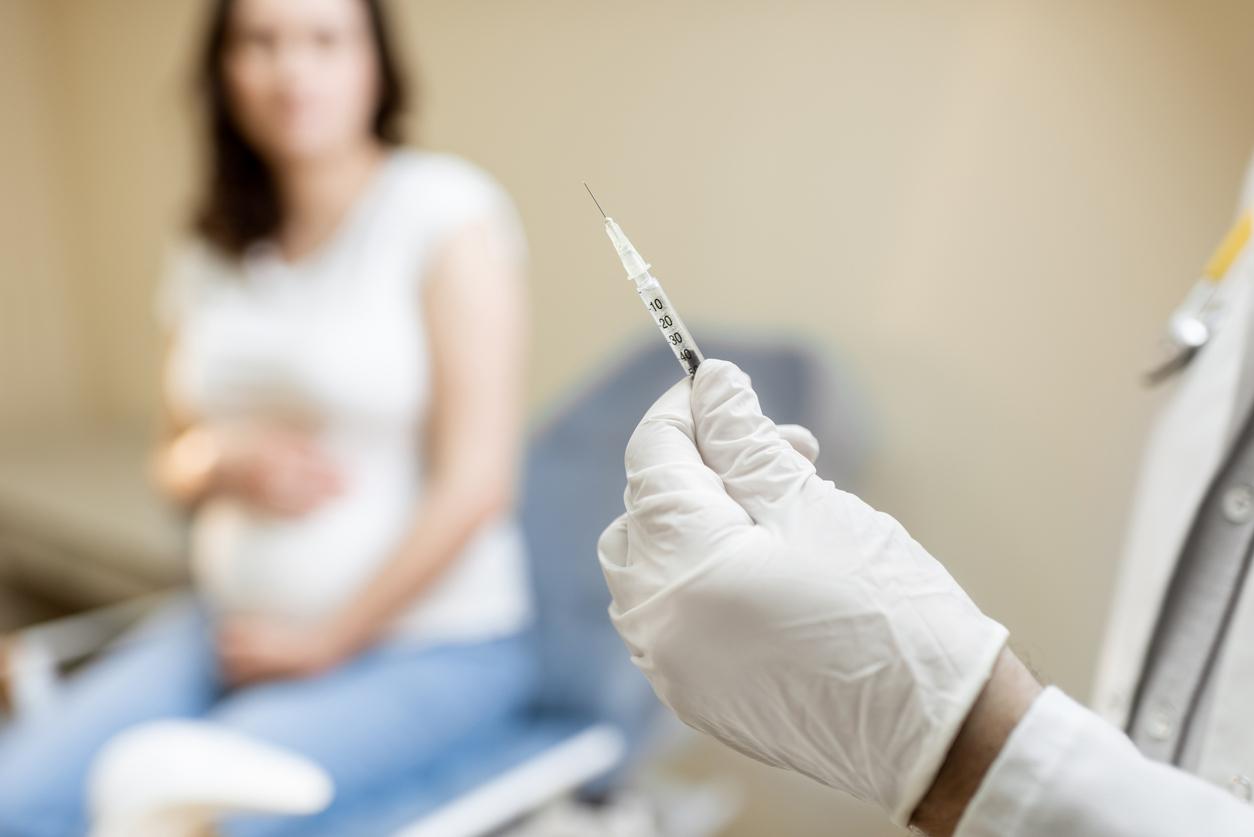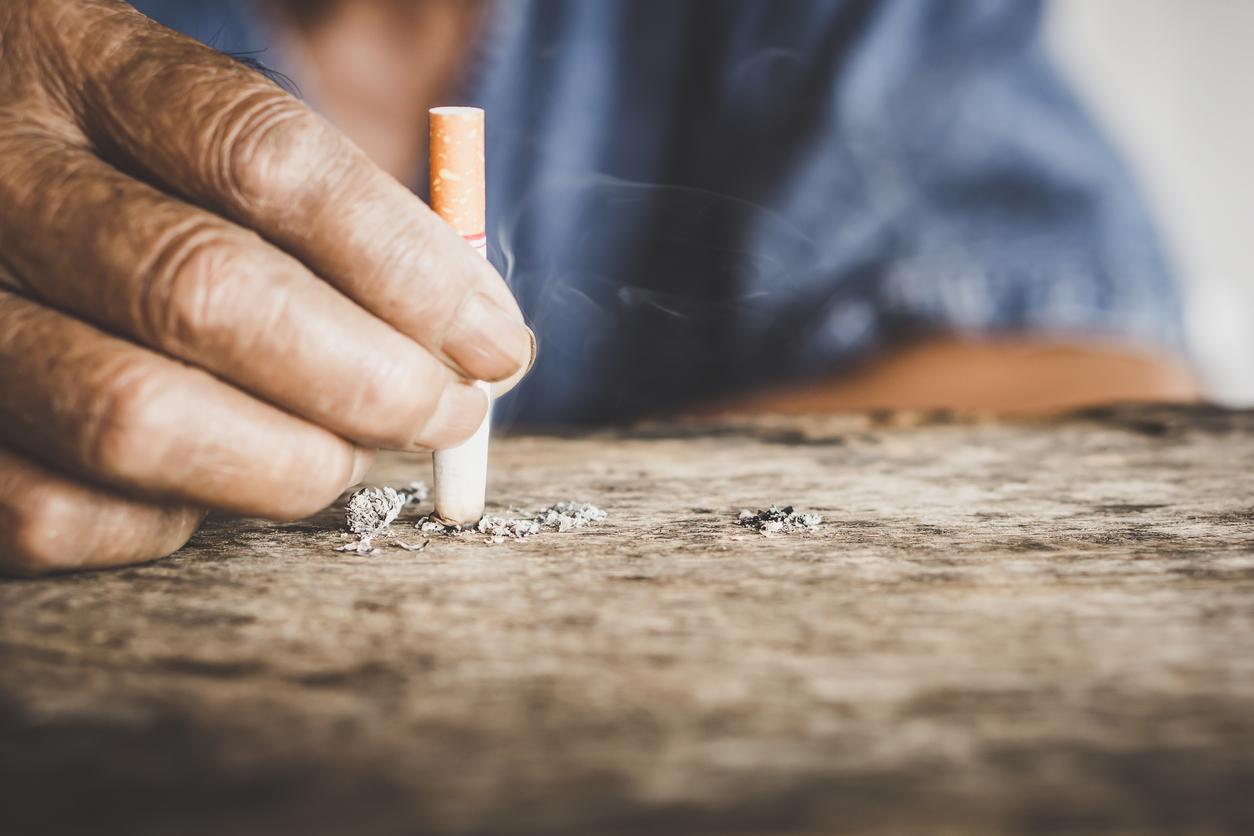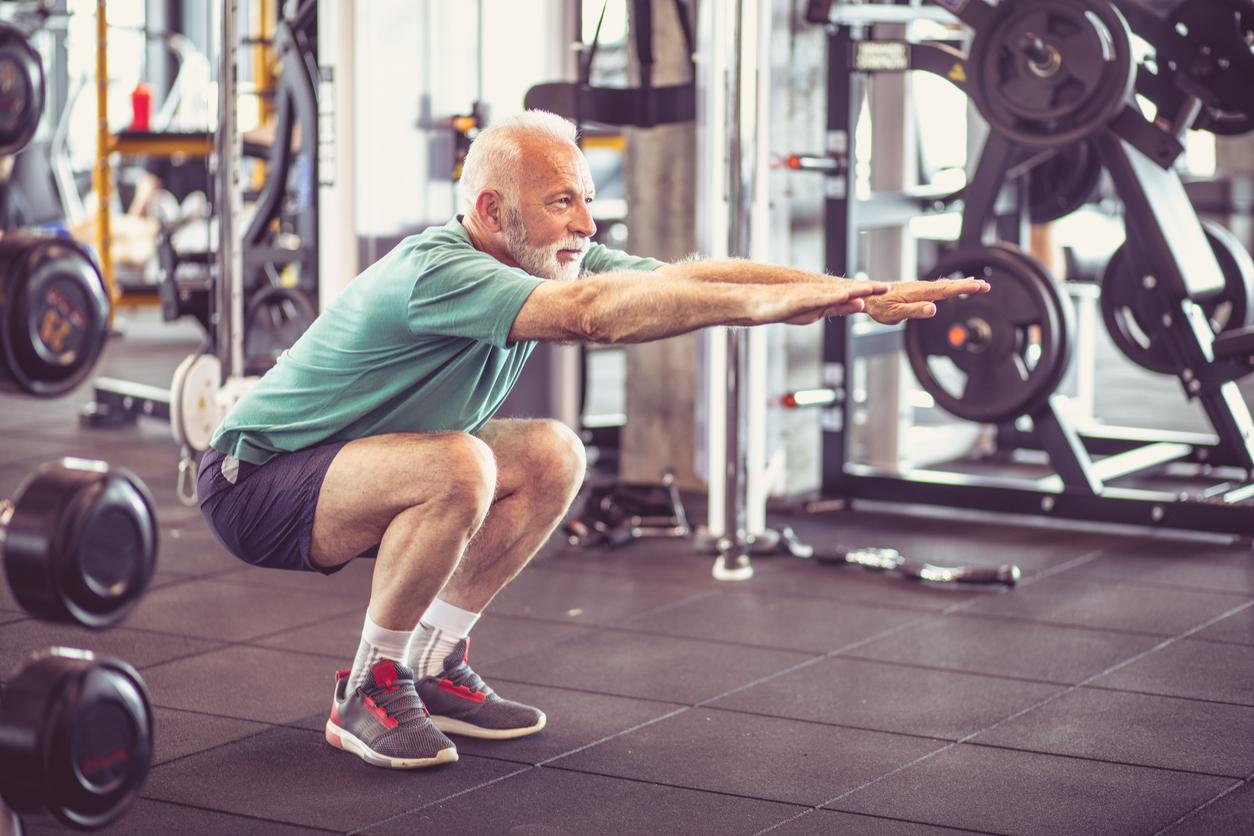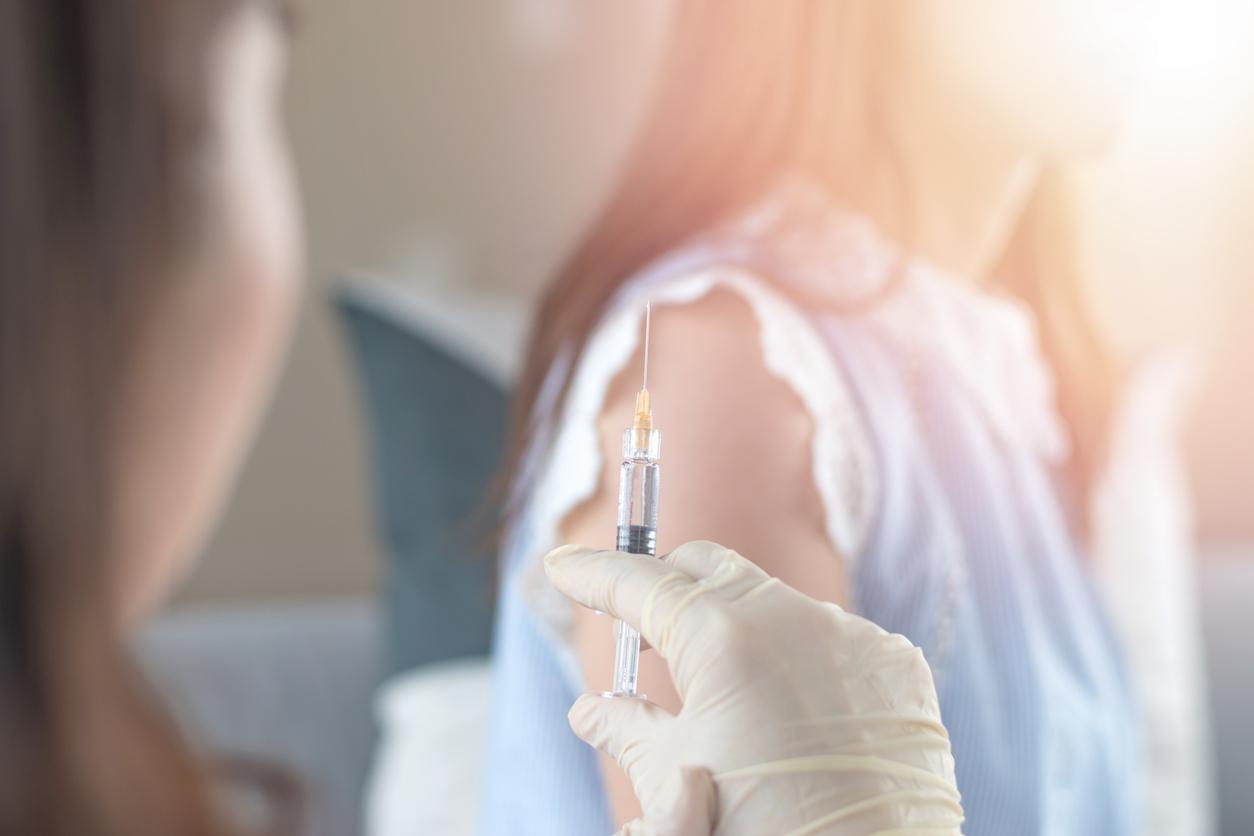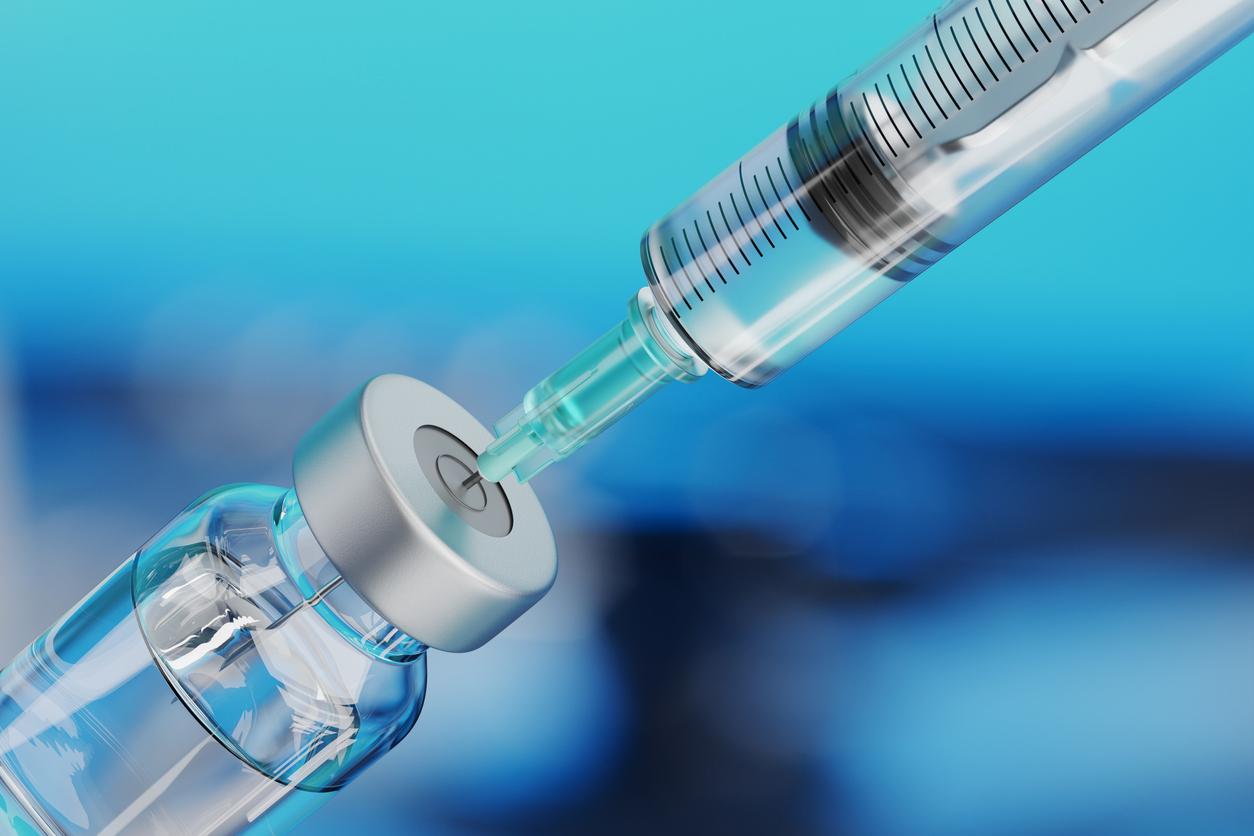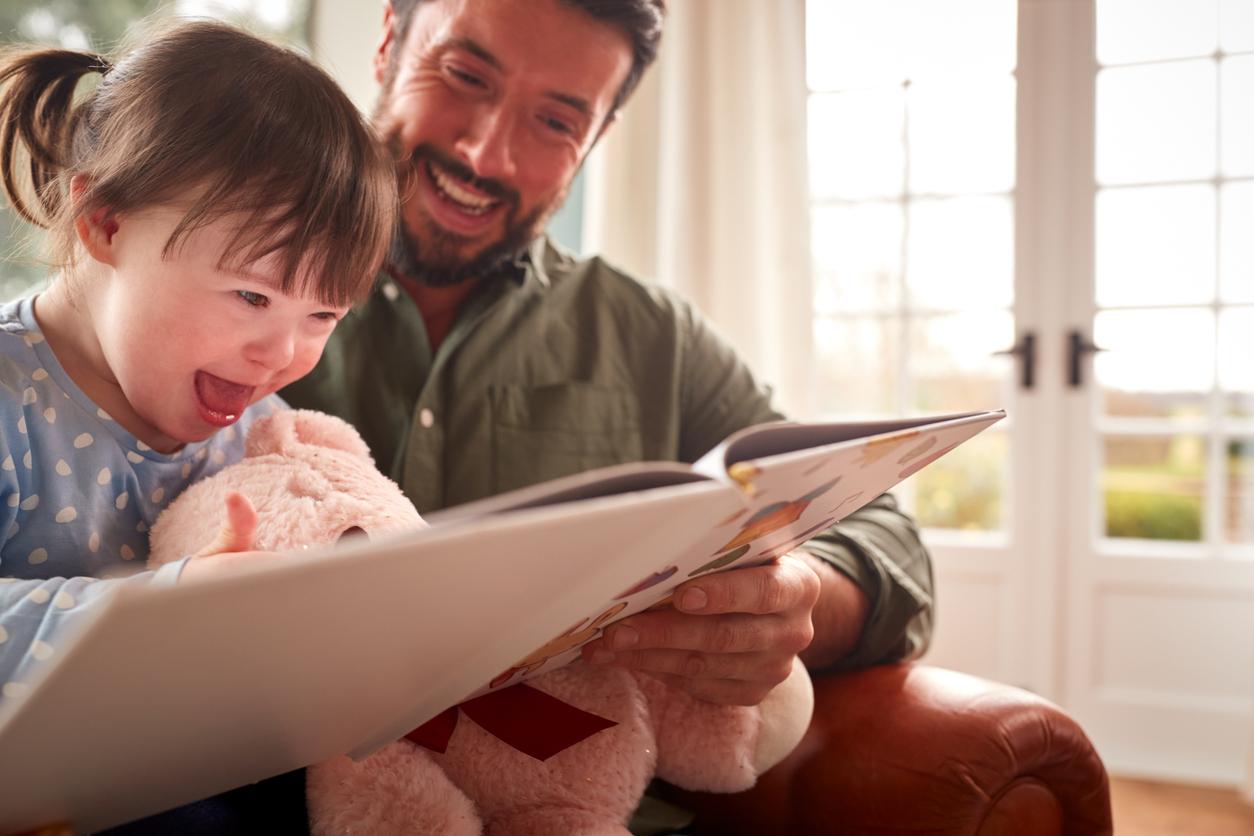- Vaccination against human papillomaviruses: for whom?
- HPV vaccine: how many doses are needed?
- What support for the vaccine?
- Is the human papillomavirus vaccine effective?
- Does the vaccine cause side effects?
In France, each year, nearly 3,000 women develop cervical cancer and 1,000 die from it, according to figures from Public Health France. This cancer can still be prevented by two means: vaccination against human papillomavirus or HPV (primary prevention) and the screeningwhich detects precancerous lesions and treats them before they become cancer (secondary prevention).
In April 2022, the World Health Organization (WHO) released new recommendations. “A woman dies approximately every two minutes” cervical cancer, recalled Alejandro Cravioto, chairman of the WHO expert committee on vaccine policy. Until now, two doses of HPV vaccine were recommended for women under the age of 21 years old. a single dose of vaccine is enough according to the WHO. “This single dose recommendation has the potential to move us faster towards our goal of having 90% of girls immunized by age 15 by 2030“, indicated Doctor Princess Nothemba Simelela, Deputy Director General of the WHO. In France, only 33% of young girls are vaccinatedcompared to 82% in Sweden and 78% in Portugal, for example.
Vaccination against human papillomaviruses: for whom?
In France, vaccination against HPV is recommended forset of girls and boys (since 1e January 2021) 11 to 14 years old, with a two-dose schedule. As part of the catch-up vaccination, vaccination is recommended for young women and young men between 15 and 19 years old, according to a three-dose schedule. Nevertheless, it seems that the vaccine does little effect after 21 years.
Other specific recommendations concern:
- Immunocompromised boys and girls, up to age 19;
- Children (boys and girls) candidates for a solid organ transplant, from the age of 9;
- Men who have or have had sex with other men, from the age of 26.
HPV vaccine: how many doses are needed?
The vaccination schedule will differ depending on the vaccine used. There are currently two types:
- THE Cervarix®, to be used only in girls whose vaccination schedule was initiated with this vaccine. It targets the strains 16 and 18, involved in 70% of cancers. Between the ages of 11 and 14, it consists of the injection of two doses six months apart. Between 15 and 19 years of age, three doses are necessary at 0, 1 and 6 months;
- The vaccine Gardasil 9®, an increased version of Gardasil: between the ages of 11 and 14, two doses must be injected, spaced six to 13 months apart. Between 15 and 19 years, three doses according to a schedule 0, 2 and 6 months. Finally for men who have sex with men up to the age of 26, three doses according to a 0, 2 and 6 month schedule.
Any new vaccination must be initiated with the Gardasil 9® vaccine. It protects against HPV 16, 18, 31, 33, 45, 52 and 58 infections, involved in 90% of cervical cancers80% of anal cancers and 90% of ano-genital warts (condyloma).
In case of delay, there is no need to start all over again, just complete the missing dose(s). Finally, vaccinesare not interchangeable and any vaccination started with one must be continued with the same vaccine“, indicates the site Vaccination Info Service.
What support for the vaccine?
The vaccine against HPV is one of the vaccines covered by health insurance. It is so reimbursed at 65% on medical prescription. Complementary organizations intervene regularly to complete reimbursement.
HPV vaccination can be carried out by a doctor or a midwife, a nurse on the prescription of a doctor or a midwife or in a free information, screening and diagnosis center, a family planning center and some public vaccination centers.
After 20 years, Social Security no longer reimburses the vaccine (between 108 and 135 euros per injection).
Is the human papillomavirus vaccine effective?
If the vaccine is carried out before the start of sexual life, its effectiveness against viruses is close to 100%. When performed after sexual onset, protection is diminished because the vaccine does not protect against previous HPV infections.
According to the Vaccination Info Service website, “after ten years of vaccination in countries where a large number of young girls are vaccinated, such as Australia or England, the number of new cases of precancerous lesions of the cervix and of genital warts has clearly decreased“.
On the other hand, the vaccination does not protect against all forms of HPV and therefore does not replace regular screening by cervico-uterine sampling (smear), which can sometimes detect precancerous cells. Due to the absence of symptoms, only a pap smear can ensure that the cervix is healthy. This examination must take place every three years for women aged 25 to 29 after two normal smears one year apart, and every five years from 30 to 65 years.
Does the vaccine cause side effects?
The human papillomavirus vaccine can be responsible for side effects common to all injectable vaccines such as a reaction at the injection site (pain, redness, swelling), general effects such as fever or muscle or joint pain or finally an allergic reaction, which nevertheless remains very rare.
In recent years, complaints have been made by young women, in particular linking the injection of the vaccine to the onset of a neurological disease or autoimmune diseases. But several large studies have taken place and no increase in autoimmune diseases, for example multiple sclerosis, has been seen in a group of 4 million vaccinated young girls.
Nevertheless, even if numerous scientific works have established theHPV vaccine safety, a study has discovered a link with a very rare disease, Guillain-Barré syndrome. Vaccination would in fact cause a increase of 1 to 2 cases per 100,000 girls. Nevertheless, the risk-benefit ratio remains extremely favorable in view of the 3,000 women who contract cancer of the cervix each year.
Sources:
- Vaccination Info Service
- Prevention of cervical cancerAmeli.fr
- Vaccination against human papillomavirus (HPV) extended to boysAmeli.fr
- Cervical cancerPublic Health France










